Building A Simpler PHEV
Via Green Car Congress comes a number of perspectives on Plug-In Hybrid (PHEV) adoption fom the 2009 SAE Hybrid Technology Symposium. And there are some interesting lessons to be learned. One consumer study by Dr. Ken Kurani of the UC Davis Institute of Transportation Studies indicates that mainstream consumers favor less PHEV capability than manufacturers are developing. The ITS study asked a sample of plausible early market households (neither pioneers, advocates nor experts) to design their own PHEV, and found that expectations of all-EV range and battery capacity were remarkably low. Says Dr. Kurani, “consumers right now, given the opportunity to manipulate the idea of a plug-in vehicle, are designing not only very different vehicles, they are designing vehicles that are much more possible than the experts are assuming.” How so?
The survey shows most consumers see their battery requirements to be equal to or less than 2kWh, as all-electric range does not rate very high on their priority list. This contrasts sharply with Chevrolet’s Volt project which envisions a 16kWh battery capacity and 40 mile all-electric range. Despite the PR benefits of “40 miles without a drop of gasoline” lines, it seems most consumers in Kurani’s study designed models which emphasized fuel efficiency and blended gas-electric operation.
Meanwhile, Steve Plotkin of Argonne National Laboratory’s Center For Transportation Research argues that PHEVs will face increasing competition from incrementally improved ICE drivetrains. “The competition against PHEVs in 2030 is likely to incorporate a radically downsized, boosted direct-injection engine; an automated manual or 7-8 speed automatic transmission; advanced tires with CR at 0.006 or below; a 30% weight reduction on the glider; advanced aerodynamics with CD of 0.22 or below; advanced accessories; and a mild hybrid drivetrain,” according to Plotkin. He argues that consumer uncertainty tied to unpredictable energy costs means PHEV technology is not likely to be widely enough adopted to justify huge investment or government subsidization.
More by Edward Niedermeyer
Latest Car Reviews
Read moreLatest Product Reviews
Read moreRecent Comments
- Lorenzo This car would have sold better if there was a kit to put fiberglass toast slices on the roof.
- Lorenzo The Malibu is close to what the 1955 Bel Air was, but 6 inches shorter in height, and 3 inches shorter in wheelbase, the former making it much more difficult to get into or out of. Grandma has to sit in front (groan) and she'll still have trouble getting in and out.The '55s had long options lists, but didn't include a 91 cubic inch four with a turbo, or a continuously variable transmission. Metal and decent fabric were replaced by cheap plastic too. The 1955 price was $1765 base, or $20,600 adjusted for inflation, but could be optioned up to $3,000 +/-, or $36,000, so in the same ballpark.The fuel economy, handling, and reliability are improved, but that's about it. Other than the fact that it means one fewer sedan available, there's no reason to be sorry it's being discontinued. Put the 1955 body on it and it'll sell like hotcakes, though.
- Calrson Fan We are already seeing multiple manufacturers steering away from EVs to Hybrids & PHEVs. Suspect the market will follow. Battery tech isn't anywhere close to where it needs to be for EV's to replace ICE's. Neither is the electrical grid or charging infrastructure. PHEV's still have the drawback that if you can't charge at home your not a potential customer. I've heard stories of people with Volts that never charge them but that's a unique kind of stupidity. If you can't or don't want to charge your PHEV then just get a hybrid.
- AZFelix The last time I missed the Malibu was when one swerved into my lane and I had to brake hard to avoid a collision. 1 out of 5⭐️. Do not recommend.
- 2ACL I won't miss it; it was decent at launch, but in addition to the bad packaging, GM did little to keep it relevant in the segment. I'd prefer that another domestic automaker doesn't just give up on the mainstream sedan, but unlike some of Ford's swan songs, the Malibu made an indifferent case for why they should live.



















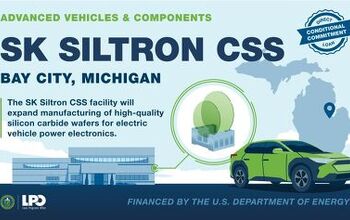






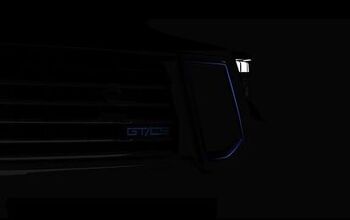

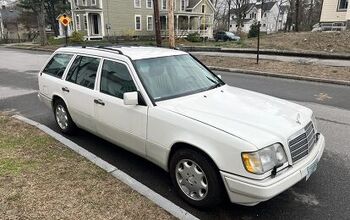


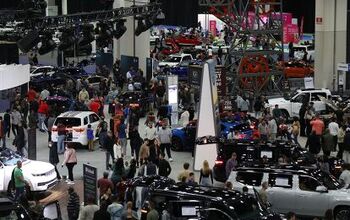
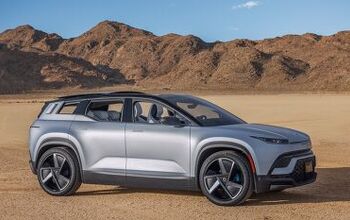

Comments
Join the conversation
-John your idea won't work, paralleling hi energy sources is extremely difficult, how do you get those incremental modules to share current ? The only topology I can think of to do that would require each incremental pack to include its own up/down converter, but as you may know the Prius has integrated all its semiconductor power devices on to the same substrate. That substrate is bonded to the "cold plate" which is located inside the liquid cooled inverter box. So if the present up/down conv is already included inside that compact heatsink assembly, where are you going to add yet another converter? My own view is that unless we encounter $12/gallon gasoline, PHEVs remain a bad idea. More than that, it's the sort of thing that displays lack of foresight in the vehicle powertrain industry right now. The Volt scores over the Prius because it decouples the engine from the wheels, something that would have been possible more than 30 years ago with state-of-the-art semiconductors. All that attention to "Bottom end torque", "Turbo-lag" etc can now become a thing of the past. Torque delivery is a task now transferred to Induction motors which can easily supply 300% rated torque even from rest, while at the other end of the speed range the lack of sliding parts allows them to hold 12,000rpm for long periods. Now that Lutz is gone maybe someone at GM could take a closer look at the batteryless hybrid for the VOLT. T2
Carmakers should get what they can on the roads as soon as possible. As the British radar pioneer Sir Robert Watson Watt said: "Give me the third best technology. The second best won't be ready in time. The best will never be ready." That's why I like Toyota's approach. Get the Prius on the road. Improve it all the time. Never promise something too advanced until you are sure it will be ready when you say it will be. GM's approach with the Volt gives them a good challenge to shoot for. They are aiming to do what no one has ever done -- put into wide production a range-extended, serial hybrid car that gets its power only from an electric motor. But it's like drawing three cards to fill an inside straight. The odds are against GM with the Volt. Big time.